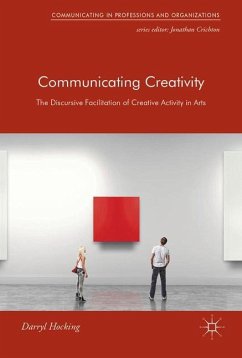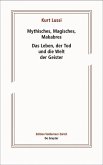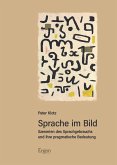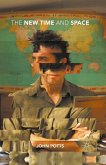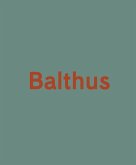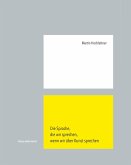This book provides an extensive and original analysis of the way that written and spoken communication facilitates creative practice in the university art and design studio. Challenging the established view of creativity as a personal attribute which can be objectively measured, the author demonstrates instead that creativity and creative practice are constructed through a complex array of intersecting discourses, each shaped by wider socio-historical contexts, beliefs and values. The author draws upon a range of methods and resources to capture this dynamic complexity from corpus linguistics to ethnography and multimodal analysis. This innovative volume will appeal to students and scholars of discourse analysis, creativity, and applied linguistics. It will also appeal to art and design educators.

